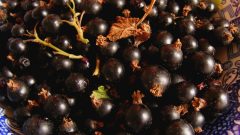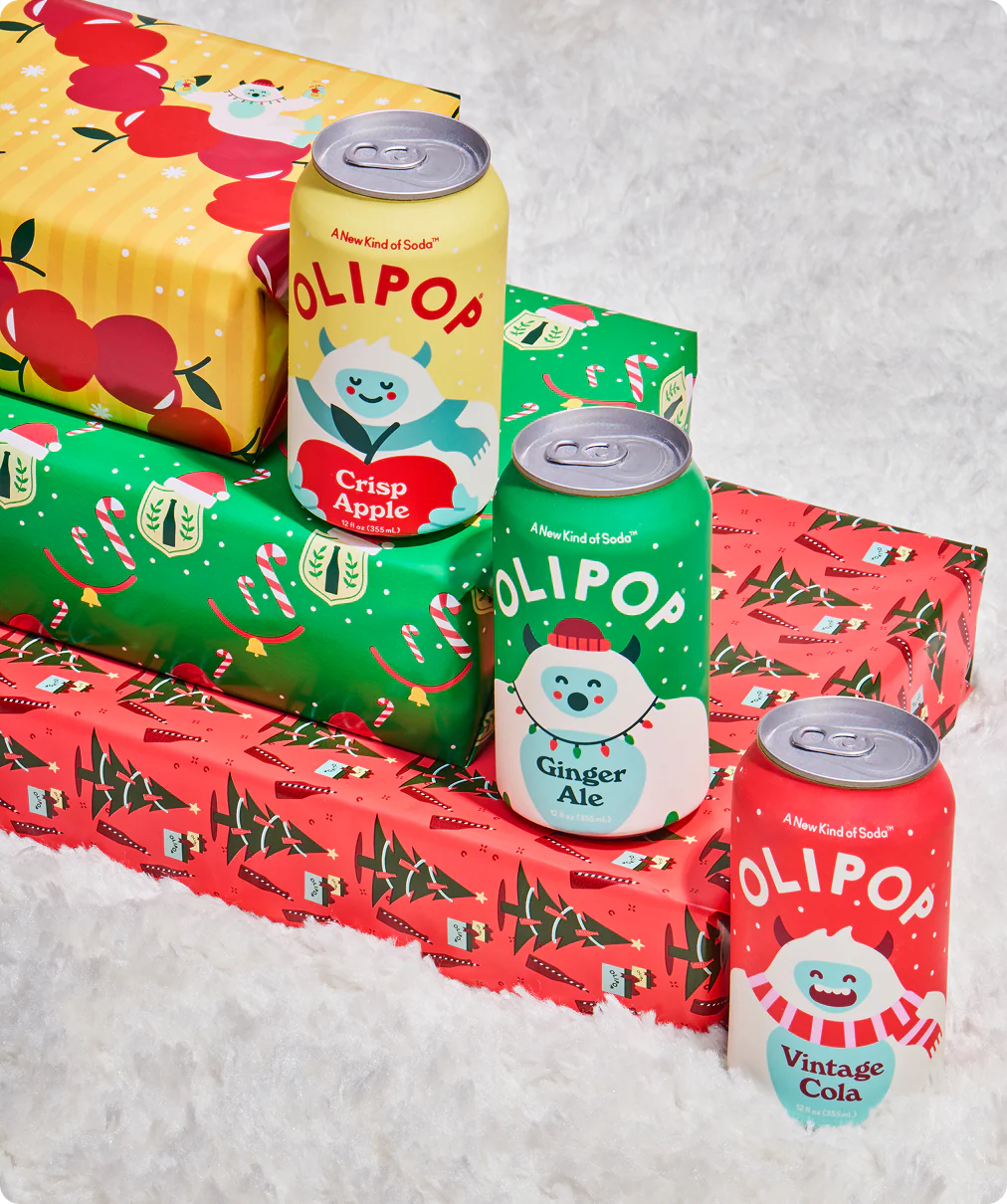One Of Your Favorite Cocktails Can Actually Cause Serious Skin Burns

If you’re planning on spending your spring break sipping cocktails in a sunny locale, you might want to stop what you’re doing and pay attention.
Drunk texting your ex and waking up with a next-level hangover aren’t the only things you have to worry about when knocking back a few drinks on the beach.
It turns out, spilling your beloved margaritas on your sun-kissed skin can actually result in some pretty nasty skin burns.
I know, I felt pretty betrayed by my boozy BFF when I found out about this, too.
If you’re not familiar with this phenomenon, it’s known as phytophotodermatitis or “Margarita Dermatitis,” and it’s caused by lime juice getting on your skin. It’s also way more common than you may think.
We turned to Monique Olivares, a leading PA-C from Schweiger Dermatology in NYC, to get the scoop on this skin condition.
Olivares told Elite Daily,
Phytophotodermatitis is a skin rash that occurs when a sun-sensitizing chemical on the skin reacts with sunlight. This chemical reaction can cause redness, burning, blisters and residual dark pigmentation at the site of exposure.
If you think about the typical beach party scene, full of sloppy partiers sloshing their drinks around as they live it up under the sun, it becomes pretty apparent why phytophotodermatitis should be of particular concern for spring breakers.
Check out the pictures below for a closer look at this skin reaction (I’m going to warn you, it’s not very pretty).
Drinking margaritas on the beach sounds pretty great…
…but did you know your beloved, boozy beverage can do more than just give you one hell of a hangover ?
Yep, it turns out mixing citrus with sun produces a chemical reaction that can leave your skin with redness, burning, blisters and residual dark spots.
Don’t eat/drink citrusy thing in the sun cause you’ll get phytophotodermatitis and look like this… pic.twitter.com/JHtivjmwy9
— Sarah Kanetzky (@SarahKanetzky) June 15, 2015
This phenomenon is known as phytophotodermatitis…
A photo posted by Shosh (@princessmarysue) on
…and according to Monique Olivares, a PA-C from Schweiger Dermatology in NYC, it’s essentially a “skin rash that occurs when a sun-sensitizing chemical comes in contact with the skin and reacts with sunlight.”
Apparently, lime and celery are two of the biggest culprits that cause this common condition.
Olivares told Elite Daily, “the initial rash can appear within 72 hours of sun exposure and can range in severity from skin dryness to blisters.”
Be informed this summer! #Phytophotodermatitis#margaritaburn#limedisease#limeburnpic.twitter.com/AvqE1rekDq — Courtney Marie (@CourtneydoesTX) July 28, 2015
It’s not hard to see why spring breakers should be especially wary of phytophotodermatitis.
All it takes is one spilled marg during a sloppy day-drinking session…
…and you can end up with a seriously ugly burn that will definitely put a damper on the rest of your trip.
So I got 2nd degree burns on my hands from a lime. No lie it is called phytophotodermatitis and it isn’t even a cool story to tell people.
— Gabe (@Gabecroz11Six) August 12, 2015
However, there are some measures you can take to keep your skin safe.
Olivares told Elite Daily prevention is key. She suggested you “wear a broad spectrum sunscreen and reapply every 80 minutes. If plants or citrus come in contact with the skin, wash it well with soap and water and if skin irritation does occur, a corticosteroid cream can be applied for relief.”
Thanks to Dr Cliffe I have the diagnosis of phytophotodermatitis for my daughter squeezing limes in the sun at a BBQ! pic.twitter.com/v0p60Ku2fk
— Barbara Bray (@SASHchiefsurg) June 20, 2015
Written by Kaylin Pound, EliteDaily






















